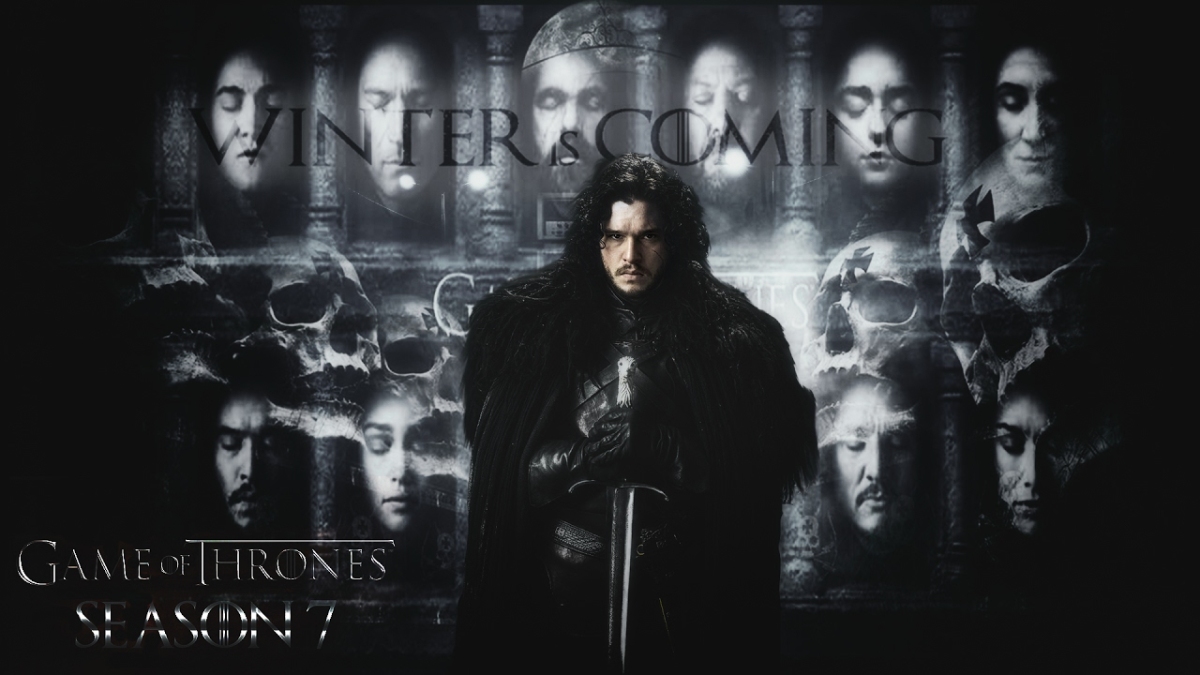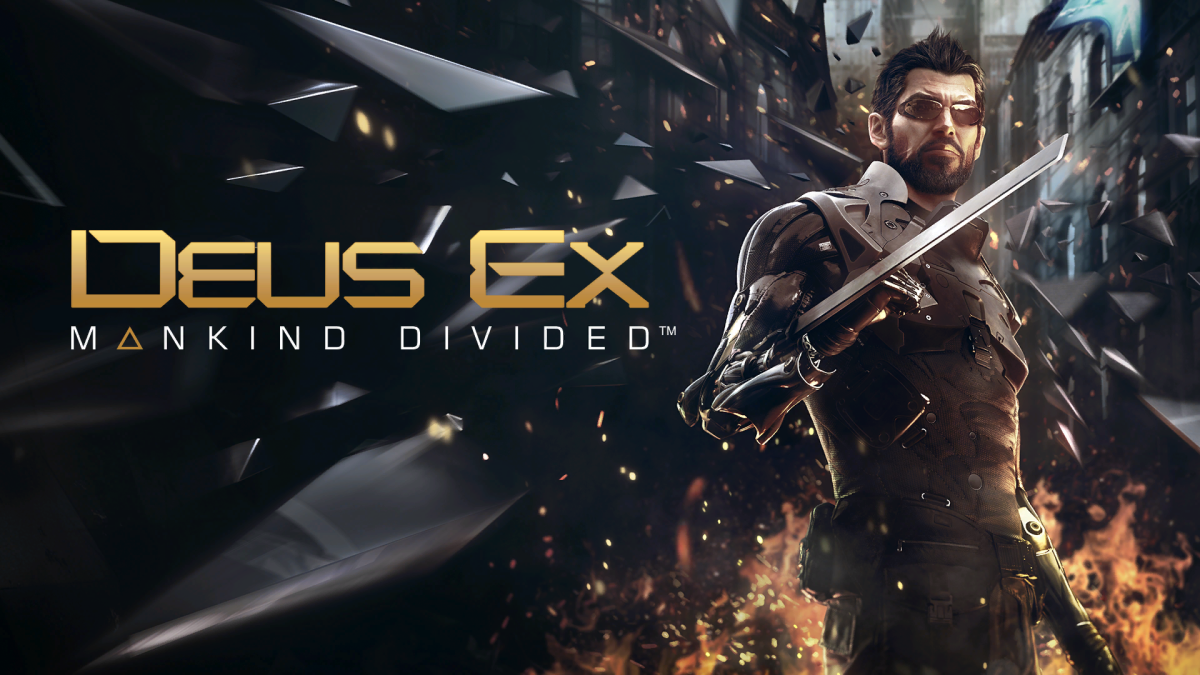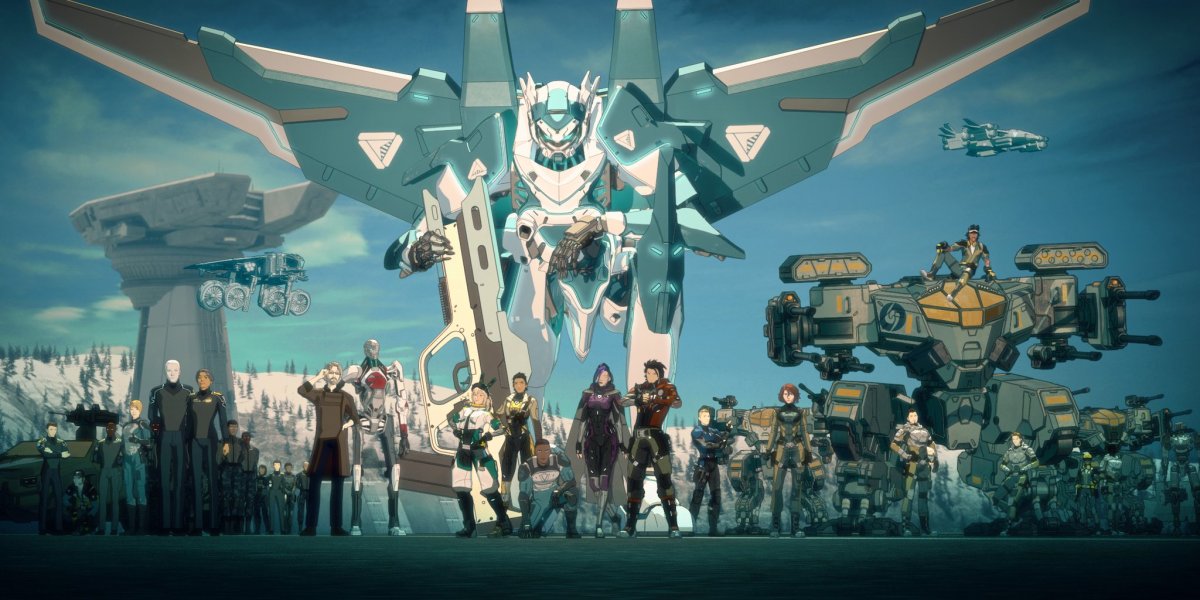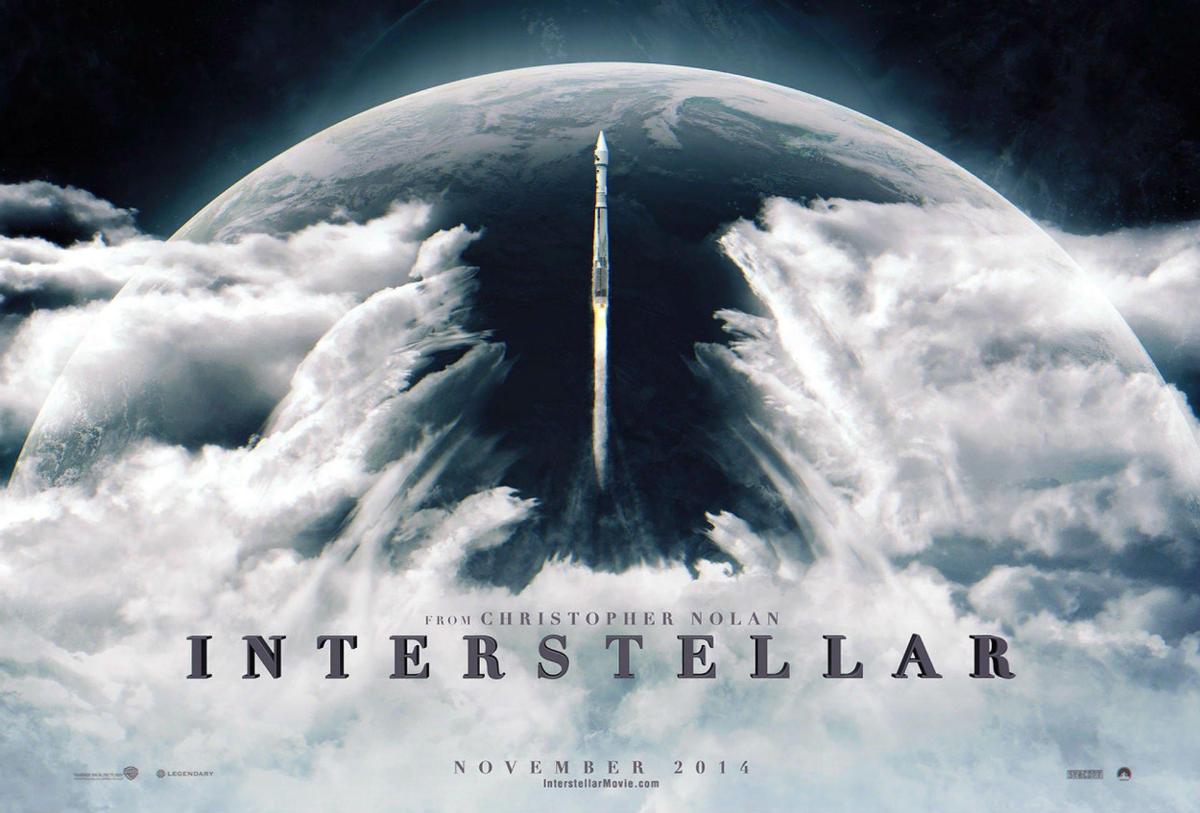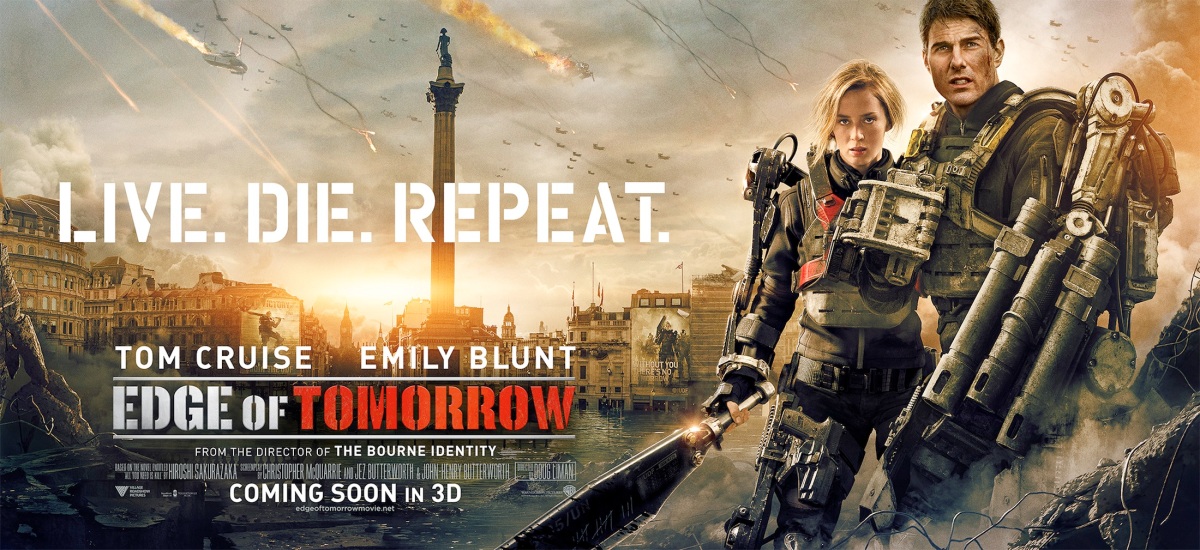‘Go Ahead, call me all the names you want,’ Sansa said airily. ‘You won’t dare when I’m married to Joffrey. You’ll have to bow and call me Your Grace.’ She shrieked as Arya flung the orange across the table. It caught her in the middle of the forehead with a wet squish and plopped down into her lap.
‘You have juice on your face, Your Grace,’ Arya said.
― George R.R. Martin, A Game of Thrones
As discussed in my last blog post, point of view can extend far beyond just perspective and tense. Many stories feature multiple protagonists, often times skipping between them when the narrative requires it. For novels, this often occurs at the start of a new chapter. In contrast, movies much more fluidly move between the characters. Video games tend to be all over the place in this regard, sometimes allowing for a change in viewpoint with a press of the button.
Perhaps the most famous series of novels for alternating perspectives is the book series Game of Thrones, which features upwards of 25 point of view characters. (Some characters have many more chapters than others, depending on the book.) Every chapter is centered around one character’s viewpoint, featuring a limited third-person narration with subjective observations. This essentially means that George R.R. Martin is extremely restrained in his storytelling, not factually elaborating on things beyond the character’s comprehension.
Such a rich mosaic of character perspectives is extremely difficult, but Martin does a tremendous job of it. A self-proclaimed storytelling “gardener,” he organically grows his narratives through each individual’s experiences. Teenage girls think like teenage girls, while cutthroats are always looking for a throat to cut. While stupendously impressive, this means that Martin has to be a very slow writer. As many viewers well know, the TV adaptation of Game of Thrones has moved beyond the novels and concluded its tale.
Tyrion cocked his head sideways. ‘Did you mean to answer your damned riddle, or only to make my headache worse?’
Varys smiled. ‘Here, then. Power resides where men believe it resides. No more and no less.’
‘So power is a mummer’s trick?’
‘A shadow on the wall,’ Varys murmured, ‘yet shadows can kill. And ofttimes a very small man can cast a very large shadow.’
Tyrion smiled. ‘Lord Varys, I am growing strangely fond of you. I may kill you yet, but I think I’d feel sad about it.’
‘I will take that as high praise.’
― George R.R. Martin, A Clash of Kings
Perhaps most importantly, Martin chooses to avoid using the perspectives of certain characters. Lord Varys in the scene above is never given a perspective, making his actions and underlying motivations all the more mysterious. Tyrion perceives him not through the eyes of Martin but of his own prejudiced perspective, which often times serves to give the reader additional hints regarding Tyrion’s own mental state. The most entertaining part in any of Martin’s books is when two characters witness something and perceive it very differently.
Perhaps the largest downside to having multiple points of view is the audience’s bias. Everyone is going to prefer certain characters over others, creating the incentive to quickly read through certain chapters featuring undesired perspectives (if not skip them outright). This can be a huge problem to the author, as critical plot points might be missed by the careless reader. The only real solution is for a writer to make all of their perspectives fully engrossing, or be willing to remove the weaker ones when necessary.
Movies can simply shift perspectives around in a whimsical fashion, but this too poses a distinct problem. Audiences can be easily confused, or they might simply experience unprepared narrative whiplash. Compounding this problem is most movies refuse to do inner monologues, something extremely informative that is often found in novels. All of these issues explain why most movies tend to have much more simplistic plots than serialized novels, television shows, and even video games.
Every writer needs to prioritize their storytelling in an understandable fashion with a firm comprehension of their narrative choice, regardless of the number of perspectives involved. What works for Martin doesn’t always work for other skilled writers, especially if they aren’t aiming to tell a story as grand as his. There are still even more factors than that just these attributes, however. Next time, I will be scrutinizing chronological point of view storytelling, which introduces the element of prolonged time to the narrative.

